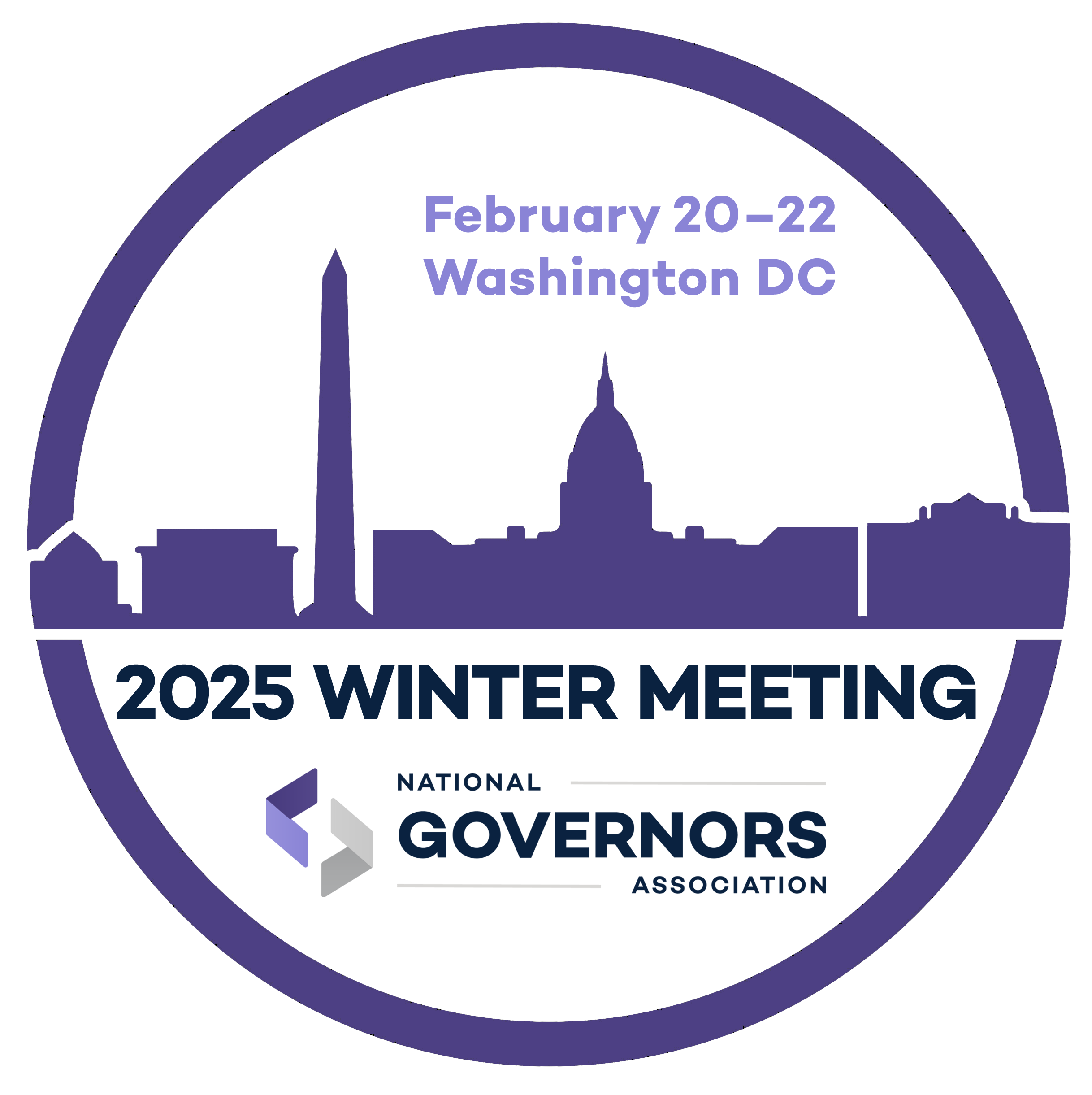States and local governments are spending money from the CARES Act quickly and wisely. This list illustrates the level of complexity and increasing number of eligible items that states, territories and localities much chose to spend their CRF funds on.
Introduction
On March 27, the Coronavirus Aid, Relief, and Economic Security (CARES) Act (Public Law 116-136) was signed into law. The bill primarily distributed funds to assist Americans, businesses, and state and local governments deal with the early stages of the coronavirus outbreak.
Within the CARES Act, Congress provide $150 billion Coronavirus Relief Fund (CRF) allocated to states, territories, tribes and some local governments above 500,000 in population. On April 26, the Department of Treasury sent out CRF money to eligible parties with a spending deadline of December 30, 2020.
States and local governments are spending money from the CARES Act quickly and wisely. In cities, counties, territories and states, these funds are going to pay first responders, support families, aid small businesses, and purchase medical supplies, among other things. State and local governments are creating innovative ways to support our residents within Treasury’s limited and changing guidelines, such as shoring up the food and housing needs of our most vulnerable citizens.
This is all while there is a near constant shifting of guidelines from the Treasury Department via Frequently Asked Questions or in some cases Presidential Action. All told, in 6 months there have been 8 substantial guidance changes on CRF spending from the Administration. This is causing challenges, confusion and delays for states and localities because they are continually adjusting spending plans to account for new items with a deadline approaching ever closer.
The list in this paper illustrates the level of complexity and increasing number of eligible items that states, territories and localities much chose to spend their CRF funds on.













